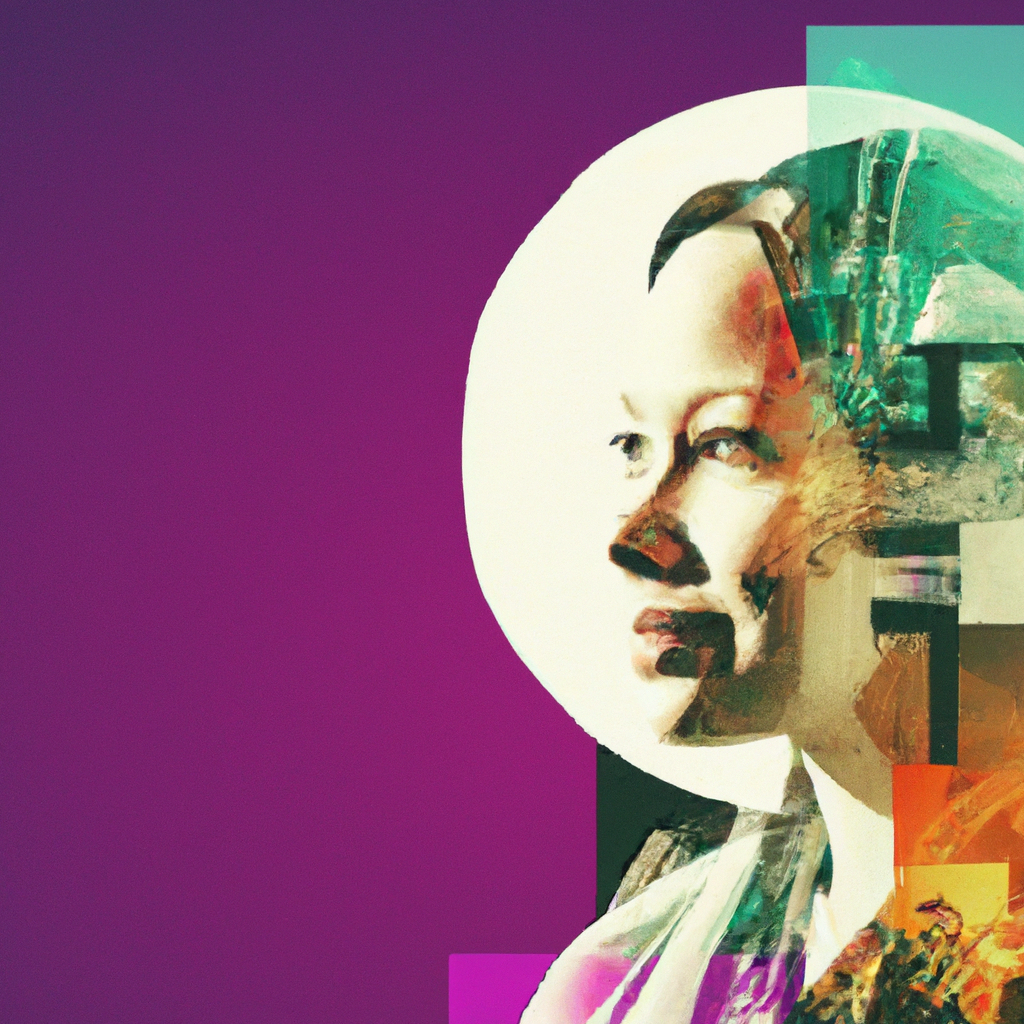On this planet of AI-generated narratives, creators are confronted with the problem of addressing problems with bias which will come up from the know-how. With synthetic intelligence turning into extra prevalent in all the pieces from writing information articles to crafting fictional tales, there’s a rising concern concerning the potential for biases to be perpetuated via these automated processes. This text explores how creators navigate this complicated terrain, highlighting the methods they make use of to make sure equity, inclusivity, and accuracy in AI-generated narratives. By shedding mild on the modern methods through which bias is addressed, readers acquire a deeper understanding of the evolving relationship between know-how and storytelling.

Addressing Bias in AI-generated Narratives
Synthetic intelligence (AI) know-how has turn into more and more prevalent in our lives, shaping the way in which we obtain info and have interaction with content material. Nonetheless, you will need to acknowledge that AI can generally perpetuate bias, resulting in the reinforcement of stereotypes and marginalization of underrepresented teams. To be able to handle these points and create extra inclusive narratives, it’s essential to know the varied varieties of bias in AI, the causes behind them, and the way to detect and mitigate bias successfully.
1. Understanding Bias in AI
1.1 Varieties of Bias in AI
Bias in AI can manifest in numerous varieties, every with its personal implications. The three foremost varieties of bias in AI embody knowledge bias, algorithmic bias, and person bias.
1.1.1 Knowledge Bias
Knowledge bias refers back to the bias that’s current within the coaching knowledge used to develop AI fashions. If the coaching knowledge will not be various and consultant of various demographics and views, the ensuing AI-generated narratives could inherently be biased as effectively.
1.1.2 Algorithmic Bias
Algorithmic bias happens when the algorithms used to generate narratives perpetuate sure biases attributable to their design or underlying assumptions. This will result in unfair remedy or exclusion of sure teams of individuals.
1.1.3 Consumer Bias
Consumer bias refers to biases that could be current within the knowledge supplied by customers. Bias will be inadvertently launched when customers work together with AI programs, primarily based on their very own private beliefs or attitudes.
1.2 Causes of Bias in AI
Understanding the causes behind bias in AI is crucial to be able to proactively handle and mitigate these points. The most important causes of bias in AI embody coaching knowledge imbalance, prejudiced knowledge assortment methods, and discriminatory algorithms.
1.2.1 Coaching Knowledge Imbalance
When coaching knowledge will not be various and consultant of various teams, it may possibly result in biased outcomes. If sure demographics are overrepresented or underrepresented within the coaching knowledge, the ensuing AI fashions could also be biased in direction of these demographics.
1.2.2 Prejudiced Knowledge Assortment
The biases current in AI-generated narratives may stem from the biased assortment of information. If knowledge assortment methods prioritize sure teams or views over others, the ensuing AI fashions are prone to be biased as effectively.
1.2.3 Discriminatory Algorithms
The design and implementation of algorithms may contribute to biased outcomes. If algorithms aren’t rigorously designed to prioritize equity and inclusivity, they might inadvertently perpetuate discriminatory narratives or exclude sure teams.
1.3 Detecting Bias in AI
Detecting bias in AI is essential to be able to handle and mitigate its results. By implementing methods for transparency and explainability, conducting thorough evaluations and testing, and establishing auditing and monitoring processes, we are able to successfully detect bias in AI-generated narratives.
1.3.1 Transparency and Explainability
Transparency and explainability are essential components in detecting bias. By making the internal workings of AI fashions extra accessible and comprehensible, we are able to uncover any biases that could be current and take acceptable actions to handle them.
1.3.2 Analysis and Testing
Conducting in depth evaluations and testing of AI programs is crucial to determine biases. By analyzing the outputs of AI-generated narratives and evaluating them towards moral requirements and pointers, we are able to determine any biases which will have been launched.
1.3.3 Auditing and Monitoring
Constantly auditing and monitoring AI programs might help detect bias in real-time. By implementing mechanisms that monitor and analyze the efficiency of AI-generated narratives, we are able to determine and rectify biases as they come up.

2. Impression of Bias in AI-generated Narratives
Understanding the impression of bias in AI-generated narratives is essential to be able to create narratives which can be honest, inclusive, and consultant of various views.
2.1 Reinforcing Stereotypes
When bias is current in AI-generated narratives, it may possibly reinforce present stereotypes and perpetuate dangerous narratives. This will additional marginalize sure teams and hinder progress in direction of a extra inclusive society.
2.2 Marginalizing Underrepresented Teams
Bias in AI-generated narratives can lead to the marginalization of underrepresented teams. If narratives persistently favor sure demographics over others, it may possibly result in the exclusion and underrepresentation of marginalized communities.
2.3 Perpetuating Unfair Narratives
AI-generated narratives that exhibit bias can perpetuate unfair narratives that aren’t primarily based on factual or various views. This will contribute to misinformation and exacerbate social and cultural divisions.

3. Methods for Addressing Bias in AI-generated Narratives
To deal with bias in AI-generated narratives, a number of methods will be applied. These methods deal with establishing moral frameworks and pointers, using various and consultant coaching knowledge, addressing algorithmic bias, and incorporating person suggestions for iterative enchancment.
3.1 Moral Frameworks and Tips
Creating and adhering to moral frameworks and pointers is crucial in making certain that AI-generated narratives are honest and inclusive. This entails establishing moral ideas, incorporating equity and inclusivity, and conducting common moral evaluations to continually reassess and enhance upon present practices.
3.2 Various and Consultant Coaching Knowledge
Using various and consultant coaching knowledge is essential in eliminating bias in AI-generated narratives. This contains gathering knowledge from a number of sources, making certain knowledge cleansing and anonymization methods are applied, and evaluating and addressing biases current within the knowledge.
3.3 Addressing Algorithmic Bias
Addressing algorithmic bias entails designing and implementing algorithms that prioritize equity and inclusivity. This may be achieved via rigorous testing and analysis, in addition to ongoing refinement and enchancment of the algorithms to reduce bias.
3.4 Consumer Suggestions and Iterative Enchancment
Incorporating person suggestions is significant in addressing bias in AI-generated narratives. By actively encouraging person suggestions, monitoring and analyzing person interactions, and repeatedly updating and enhancing AI fashions primarily based on suggestions, creators can repeatedly work in direction of decreasing bias and enhancing inclusivity.
In conclusion, addressing bias in AI-generated narratives is essential for selling equity, inclusivity, and variety. By understanding the categories and causes of bias, implementing methods to detect and mitigate bias, and using moral frameworks and various coaching knowledge, creators can actively work in direction of eliminating bias and creating narratives that precisely mirror the world we dwell in. By means of iterative enhancements primarily based on person suggestions, we are able to be sure that AI-generated narratives are inclusive, consultant, and free from bias.


